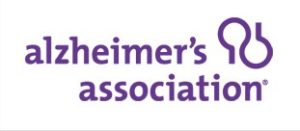As many as 81% of new donors to a nonprofit don’t return to give again, according to data in a survey by Classy, a San Diego-based fundraising platform.
Getting them back doesn’t have to be like rolling a large rock up a hill. A 20-page guide, “13 Donor Retention Email Templates,” aims to convert more new donors into long-time supporters using a strategic email engagement plan. It offers examples to greet and engage newcomers, balancing information with “moments of delight” that will help your organization remain top of mind. In strengthening relationships, nonprofits can prompt supporters to become committed members of the cause and advocates for the organization’s long-term success.
Among the suggestions within the guide are:
- Say thank you: The first step to develop a relationship with new donors is to acknowledge them for their initial gift. In addition to sending an automated tax receipt email, reach out and let them know they’re appreciated.
- Introduce yourself: Once a new donor has agreed to join your subscriber list, it’s time to get properly acquainted. A welcome email series is typically a set of emails that introduces your work, sets communication expectations, and helps build a connection with new supporters.
- Share impact: Impact stories don’t stop after thanking new supporters. Keep subscribers engaged by reminding them what’s at stake. Share stories that convey your why, and what you’re doing to solve the problem.
- Get personal: It’s not a one-way street. Share more personal information about the people at your organization and ask for that information back. You’ll also want to make sure your organization isn’t operating off of assumptions when it comes to your supporters. Surveys can help learn more about their preferences and learn how to optimize the individual supporter experience.
- Be spontaneous. To develop meaningful relationships with supporters, send diverse types of communication. Take time to send some messages, “just because,” to show constituents that you care about them as individuals and not just numbers on your bottom line.
- Offer fundraising opportunities
- Extend event invitations
- Ask for commitment
To maintain important relationships, it’s vital to continue to touch base and share experiences. With the right communications plan and mix of touch points throughout the year, you can develop relationships with new donors and turn them into life-long supporters.










